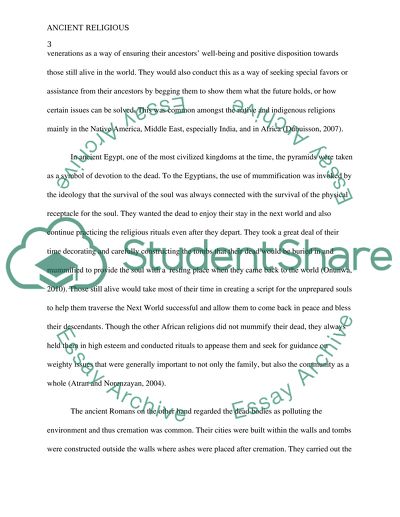Cite this document
(“Ancient Religious Beliefs: Prehistoric to 1500 BC Research Paper”, n.d.)
Retrieved from https://studentshare.org/history/1455179-describe-the-changing-nature-and-variety-of
Retrieved from https://studentshare.org/history/1455179-describe-the-changing-nature-and-variety-of
(Ancient Religious Beliefs: Prehistoric to 1500 BC Research Paper)
https://studentshare.org/history/1455179-describe-the-changing-nature-and-variety-of.
https://studentshare.org/history/1455179-describe-the-changing-nature-and-variety-of.
“Ancient Religious Beliefs: Prehistoric to 1500 BC Research Paper”, n.d. https://studentshare.org/history/1455179-describe-the-changing-nature-and-variety-of.


